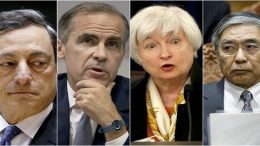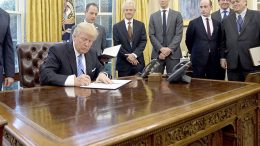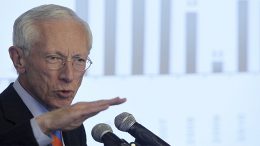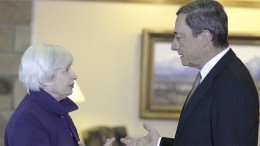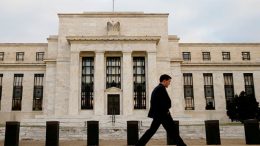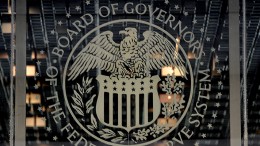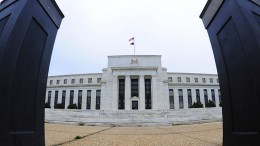The Central Banks’ Tapering Process Is Slow But Sure
J.L.M. Campuzano (Spanish Banking Association) | The increase in the size of the central banks’ balance sheet has without doubt been one of the untraditional measures of the financial crisis. But the president of the ECB has anticipated that probably at its next meeting in October a scheme will be worked out to progressively reduce the asset buying programme.

